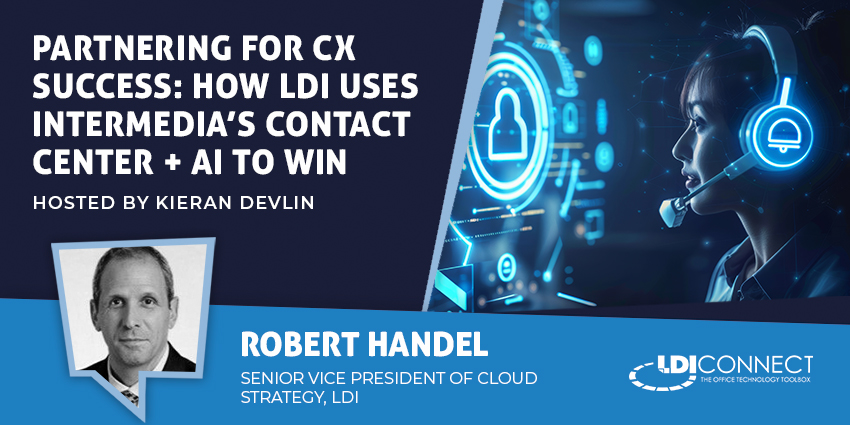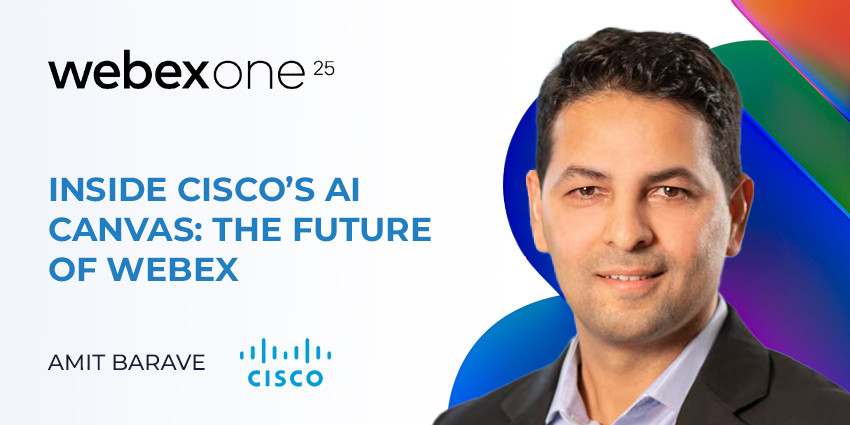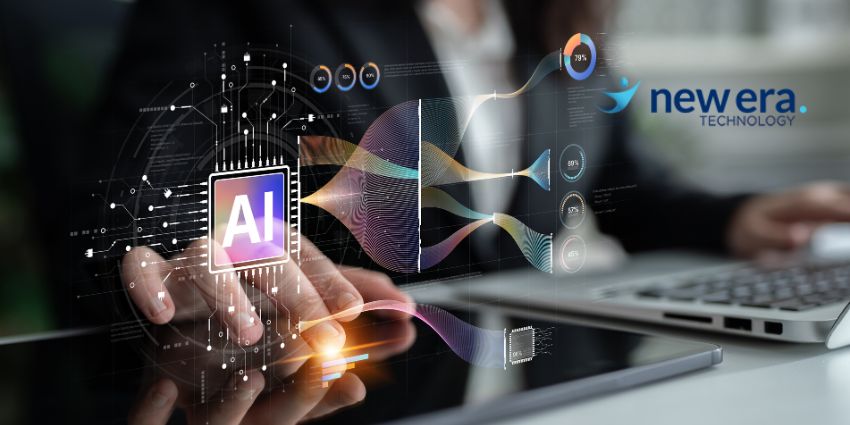According to S&P Global Market Intelligence, the share of businesses scrapping most of their AI initiatives increased to 42% this year, up from 17% last year.
That’s largely because when rolling out AI, most companies focus on productivity gains, processing speeds, and cost reductions to justify their investments. However, these projects often overlook one of the key elements of the process: the humans that use them.
Recent research by Jabra and the Happiness Research Institute polling 3,700 knowledge workers across 11 countries for correlation between work and happiness found that only 30% of knowledge workers say their companies have taken concrete steps to prepare them for AI adoption, while 44% explicitly request technical training and broader upskilling in this area.
Yet, the study found that when employees do engage with AI tools, a reinforcing cycle emerges, one which shows more capable, engaged, and satisfied workers. So, what if the real key to unlocking successful AI adoption lies in finding a human-centric improvement?
“Businesses that act on this are going to be able to win not just on productivity, but also on people,” Paul Sephton, Head of Brand Communications at Jabra, said.
Instead of leading with this technical approach, companies that reframe their rollout to focus on employee satisfaction can solve this adoption crisis that’s plaguing the industry and harness this seminal opportunity to have their AI implementation guided by people from the ground up.
The Adoption Crisis: Why AI Projects Keep Failing
The gap between AI promise and AI reality has never been wider. While boardrooms approve multi-million dollar AI budgets and technology vendors showcase impressive demonstrations, the fundamental disconnect lies in how these initiatives are conceived and deployed.
Most AI implementations follow a predictable pattern: executives identify efficiency targets, IT departments select and integrate platforms, and employees receive announcements about new tools they’re expected to master. This top-down approach treats human adoption as an afterthought – a problem to be solved after the technology is already in place.
“This idea of giving people the tool and then telling them they have to use it is not going to be the right way to deploy the technology,” Sephton said.
Because no plan to actually bring about adoption has been set, AI initiatives risk collapse due to poor user engagement. This not only wastes time and money but creates organizational skepticism that makes future deployments even more challenging.
Equally, employees who have watched expensive AI tools gather digital dust become naturally resistant to subsequent rollouts, regardless of their technical merit.
How AI Actually Improves Work Life
Jabra’s findings represent a fundamental shift in how organizations should frame AI adoption conversations with their employees.
The study found that when employees do engage with AI tools, a reinforcing cycle emerges. Workers who use AI frequently report being 34% more satisfied with their jobs and demonstrate significantly higher workplace engagement across key metrics. These frequent users are 78% more likely to feel they’re achieving their goals at work compared to just 63% of infrequent users.
Equally, the study found frequent users of AI are more likely to believe AI will make work much more enjoyable.
This creates a virtuous cycle: employees who feel supported in their AI adoption experience greater job satisfaction, which in turn makes them more willing to engage with and explore these tools further.
“If you have a workforce with much higher wellbeing scores, that will pay dividends,” Sephton notes. “You’ll see people who show up at work with a higher sense of purpose and are able to get more done.”
Indeed, the financial implications become clear when considering that organizations with engaged employees yield higher productivity – metrics that compound exponentially when AI amplifies these engaged workers’ capabilities.
The Human-Centered Implementation Strategy
Understanding the satisfaction-adoption connection is only valuable if organizations can translate it into actionable implementation strategies.
The research points to a specific framework that puts human experience at the center of AI deployment, dramatically improving the likelihood of successful adoption while avoiding the failures that plague technology-first approaches.
One key insight is what Sephton describes as “building confidence before competence.”
This approach prioritizes employee comfort and enthusiasm over rapid deployment timelines. Companies that succeed in AI adoption invest heavily in transparent communication about wellbeing benefits, create voluntary experimentation environments, and focus on demonstrating personal value before requiring organizational compliance.
Part of this confidence-building involves making AI interactions feel natural and intuitive, for instance, with Voice AI.
“We as a species have always been oral communicators, but we shifted to keyboard first inputs because it was the most reliable way of engaging with computers,” Sephton said.
“But if we’re able to shift to speech first inputs for AI, I think you’ll get a far more conversational and natural way of engaging with the technology.”
This shift toward voice-first AI interactions represents a fundamental change in how employees can engage with these tools – transforming them from intimidating technical platforms into collaborative partners that respond to natural conversation.
This kind of intuitive interface design exemplifies the broader principle that successful AI deployment requires rethinking not just what technology can do, but how people experience it.
“Companies that succeed in AI adoption treat implementation as a culture shift, not just a systems upgrade,” Sephton said.
The framework centers on what research identifies as “30% technology and 70% mindset.” Yet this does not mean companies need to learn to run before they can walk.
“Employees don’t expect their companies to have figured everything out,” Sephton explains, “but they do want to be told in town halls and meetings what the AI overall plan is.”
This transparency should specifically address how AI tools will make work more enjoyable, reduce frustrating tasks, and contribute to overall job satisfaction.
This requires leadership to actively communicate the wellbeing benefits of AI tools, provide comprehensive support during the transition, and measure success through employee satisfaction metrics alongside traditional business outcomes.
Making Employee Satisfaction Your North Star
The evidence is clear: the AI adoption crisis plaguing enterprises has a solution, but it requires fundamentally rethinking how organizations approach technology implementation.
By focusing on productivity measurements alongside satisfaction sentiments, companies can gain a far clearer understanding of the success of their AI rollouts among the people who you want to use it.
When workers report increased job satisfaction, stronger goal achievement, and reduced daily friction, these become predictive signals of long-term adoption success and business value.
This human-centered approach addresses the root cause of AI project failures. When employees understand that AI tools will make their work more fulfilling and their lives better, adoption becomes organic rather than forced.
As AI capabilities become commoditized, this may be the determining factor in how effectively organizations can integrate these tools into their human workflows.
As we begin to build the base from which our AI strategies are built from, the window for shaping this transition is narrow but powerful. For organizations that act now with “a people-first lens”, they won’t just succeed in AI adoption, they’ll create the foundation for sustained competitive advantage in an AI-driven future.







